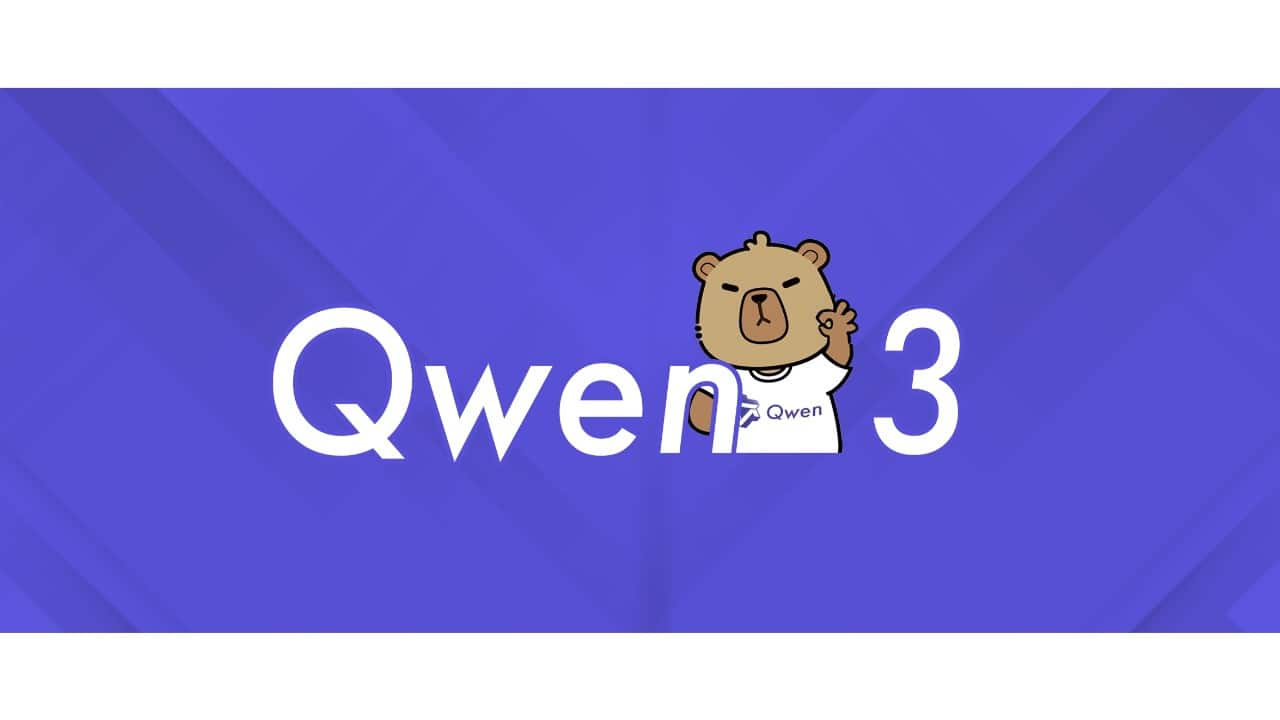Chinese tech giant Alibaba has officially launched Qwen3, its latest open large language models (LLMs) designed to “think deeper and act faster.” The flagship model, Qwen3-235B-A22B, with 235 billion total parameters and 22 billion active ones, ranks competitively against other top-tier LLMs such as DeepSeek-R1 and Gemini 2.5 Pro.
Alongside it, a smaller MoE variant (Qwen3-30B-A3B) and six dense models have also been open-sourced under Apache 2.0. In a blog post, Alibaba said that one of Qwen3’s standout features is its hybrid reasoning mode, offering users a choice between two styles: “Thinking Mode,” which reasons step-by-step for complex tasks, and “Non-Thinking Mode,” which gives fast answers for simpler queries.

This dual-mode approach allows for smarter cost and latency trade-offs depending on the complexity of the prompt, claims Alibaba. Furthermore, according to the company, Qwen3 also excels in multilingual support, boasting proficiency in 119 languages and dialects. From Hindi and Bengali to French, Arabic, Swahili, and even regional Indian dialects like Maithili and Chhattisgarhi, Qwen3 positions itself as a globally adaptable model, suitable for diverse linguistic markets.
On the technical front, the models are trained on 36 trillion tokens, twice the size of Qwen2.5’s dataset. The training mix includes long-context pretraining (up to 128K tokens), high-quality code, math, and STEM content, making it especially strong for structured and reasoning-heavy tasks, noted the company.
The models also feature improved agentic capabilities, making them more effective for multi-step tasks and coding environments, said Alibaba in the blog post. With open access via platforms like Hugging Face, ModelScope, and Kaggle—and compatibility with tools like LM Studio, llama.cpp, and Ollama—Qwen3 is built for developers, researchers, and production teams alike.
.
















